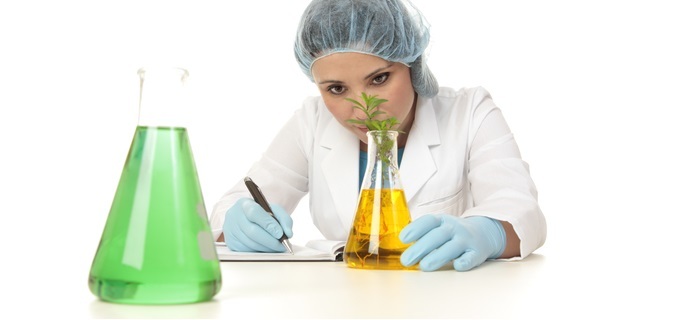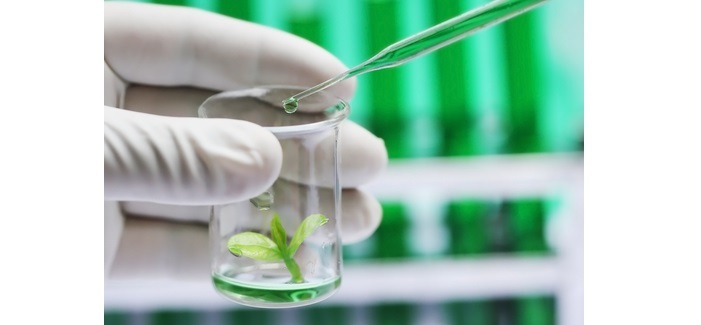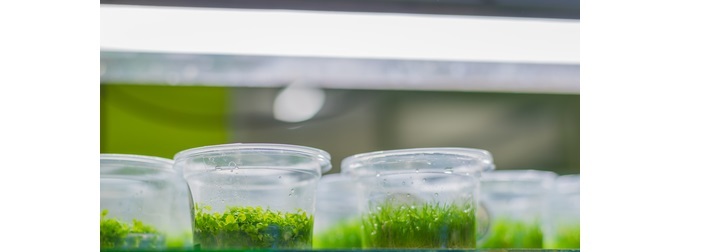
 Data Structure
Data Structure Networking
Networking RDBMS
RDBMS Operating System
Operating System Java
Java MS Excel
MS Excel iOS
iOS HTML
HTML CSS
CSS Android
Android Python
Python C Programming
C Programming C++
C++ C#
C# MongoDB
MongoDB MySQL
MySQL Javascript
Javascript PHP
PHP
- Selected Reading
- UPSC IAS Exams Notes
- Developer's Best Practices
- Questions and Answers
- Effective Resume Writing
- HR Interview Questions
- Computer Glossary
- Who is Who
Types of Culture: Callus, Suspension, Nurse, Root, Meristem
Introduction
Tissue culture is a technique used in biological research that involves introducing small pieces of plant or animal tissue into a brand-new, artificial environment, where they continue to function or develop.
Although only a small portion of a tissue is frequently employed, it is significant to remember that whole organs can also be used for tissue cultivation. Here, the process is aided by the use of growth media like broth and agar.

Callus Culture
Callus is fundamentally an unorganized, dedifferentiated mass of cells that forms from any type of explant when cultured in vitro. The parenchymatous cells that make up a callus may or may not be a uniform mass of cells. They are meristematic tissue that, in some situations, might be reorganized into shoot primordia or might give rise to somatic embryos.
Various species' callus tissue may differ in form and growth pattern. The type of explant and the growing circumstances are other variables that affect callus growth. For development and maintenance, it can be sub-cultured on a regular basis using the proper fresh medium after callus induction.

Suspension Culture
Cell suspension culture is the process of culturing individual cells that have been isolated from a variety of explant tissues or calluses. They are started by placing fragments of tissue explant or callus on a gyratory shaker to enable aeration and cell dispersion. The media used is liquid (without agar). The cells are subcultured into new medium, just as callus culture.
Both batch culture and continuous culture systems are capable of producing cell suspension cultures. With the latter approach, a consistent volume of culture is maintained while the culture is continuously supplied with nutrients by the entrance of fresh medium and subsequent draining out of the spent medium. The primary applications of this culture technique are the synthesis of certain metabolites and the generation of biomass.

Nurse Culture
A brand-new culture system is introduced that enables the cultivation of individual higher plant cells or protoplasts with excellent colony regeneration rates. Using a computerised hydraulic system, single cells are microscopic chosen from cell populations and introduced into a conventional agarose solidified culture medium.
Liquid media is poured over the agarose before a basket containing feeder cells is introduced. Brassica napus, Hordeum vulgare, and Nicotiana tabacum have all produced microcolonies from individual protoplasts, with a 90% plating efficiency, and Nicotiana tabacum has also produced microcolonies from individual protoplasts.
In this method, the nursing callus stimulates the growth or division of a single cell. The single cells plated close to the callus tissue have been seen to divide swiftly to produce callus tissue. This must be the result of a leaching effect on single cell division caused by the expanding callus bulk.
Root Culture
Root culture can be described as the induction of independent growth under controlled conditions from excised radical tips of aseptically germinated seeds in a liquid media.
Because the plant's roots are buried so deeply in the soil, intact in vivo plants are not ideal for the isolation of intact root tips. Yet again and, immature seedling root tips are extremely vulnerable to harmful sterilants.
Thus, it is preferable to avoid surface sterilising immature root tips when establishing root cultures. From aseptically germinated seed radicle tips that have been removed, root cultures can be effectively started.
Typically, root tip cultures are kept in a flowing liquid media. Root tips are made to grow in culture the same way a plant's intact root system would. By periodically cutting and moving the main root tips or lateral tips into new medium in every subculture at the interval of a specific period, a clone of excised roots can also be established from a single root culture.
The lengthening of the main axis, the number of emergent laterals, and the total length of laterals per culture are all ways to measure the growth of excised roots.
Meristem Culture
To produce disease-free plants, the apical meristem of angiosperm and gymnosperm shoots can be cultivated. The technique is known as meristem-tip culture because it typically results in plants that are virus-free and has meristem tips between 0.2 and 0.5 mm.
Herbaceous plants respond better to this strategy than woody ones. When an explant is extracted from a woody plant after the dormant season has passed, success is realized. After the proliferation of the shoot tips, the rooted plantlet is prepared for potting.
Conclusion
The physiological applicability of findings from tissue culture experiments may be impacted by the culture media selected, particularly for metabolic research. The medium type was also demonstrated to have an impact on a cell line's reliance on a metabolic gene. Using a homogeneous culture media for all cell lines when doing a study involving several cell lines may help to minimize bias in the datasets that are produced.
The physiological relevance of in vitro investigations can be improved by using a growing medium that more accurately mimics the physiological amounts of nutrients. In recent times, such media types as Plasmax and human plasma-like medium (HPLM) were produced.

